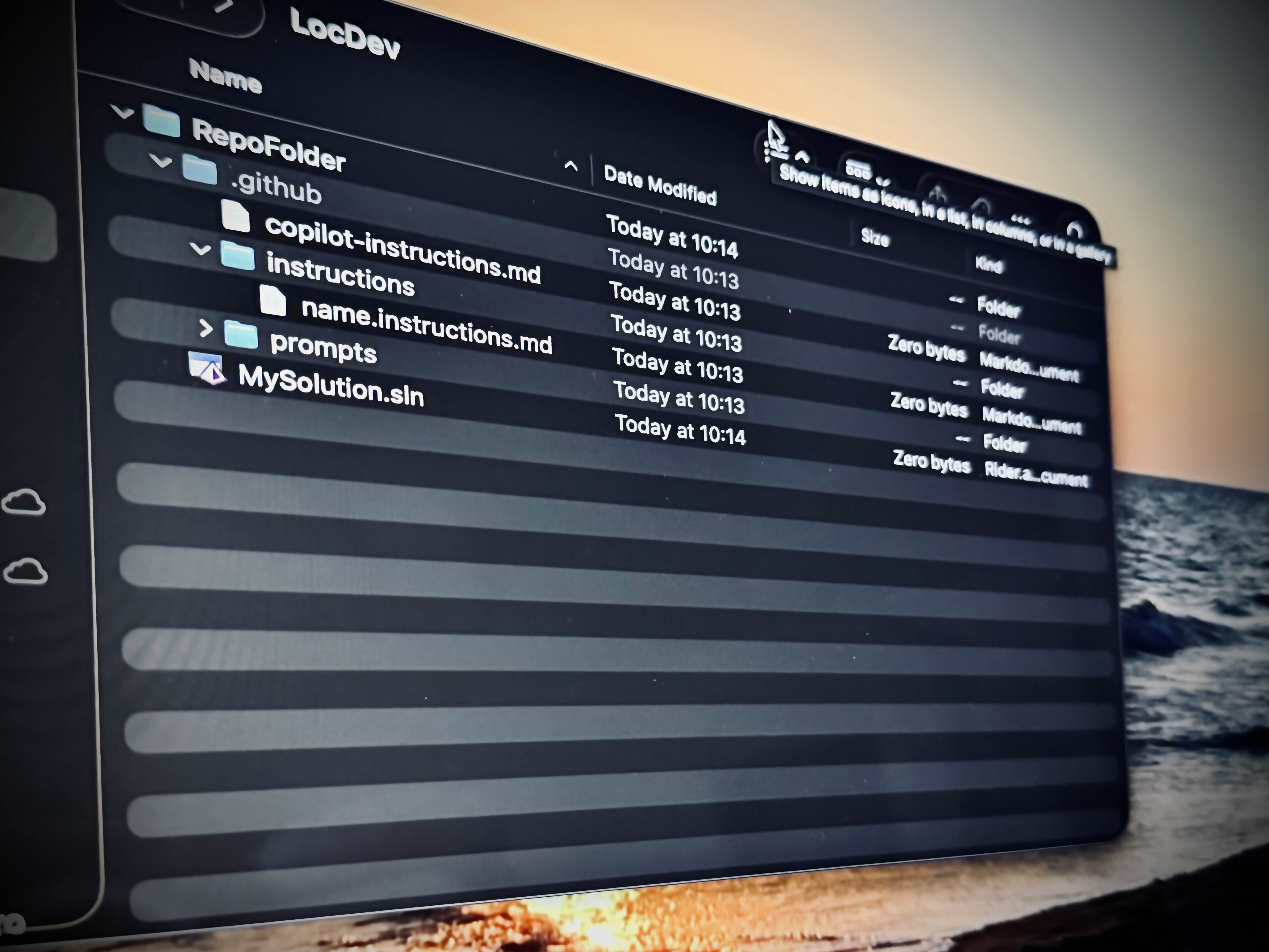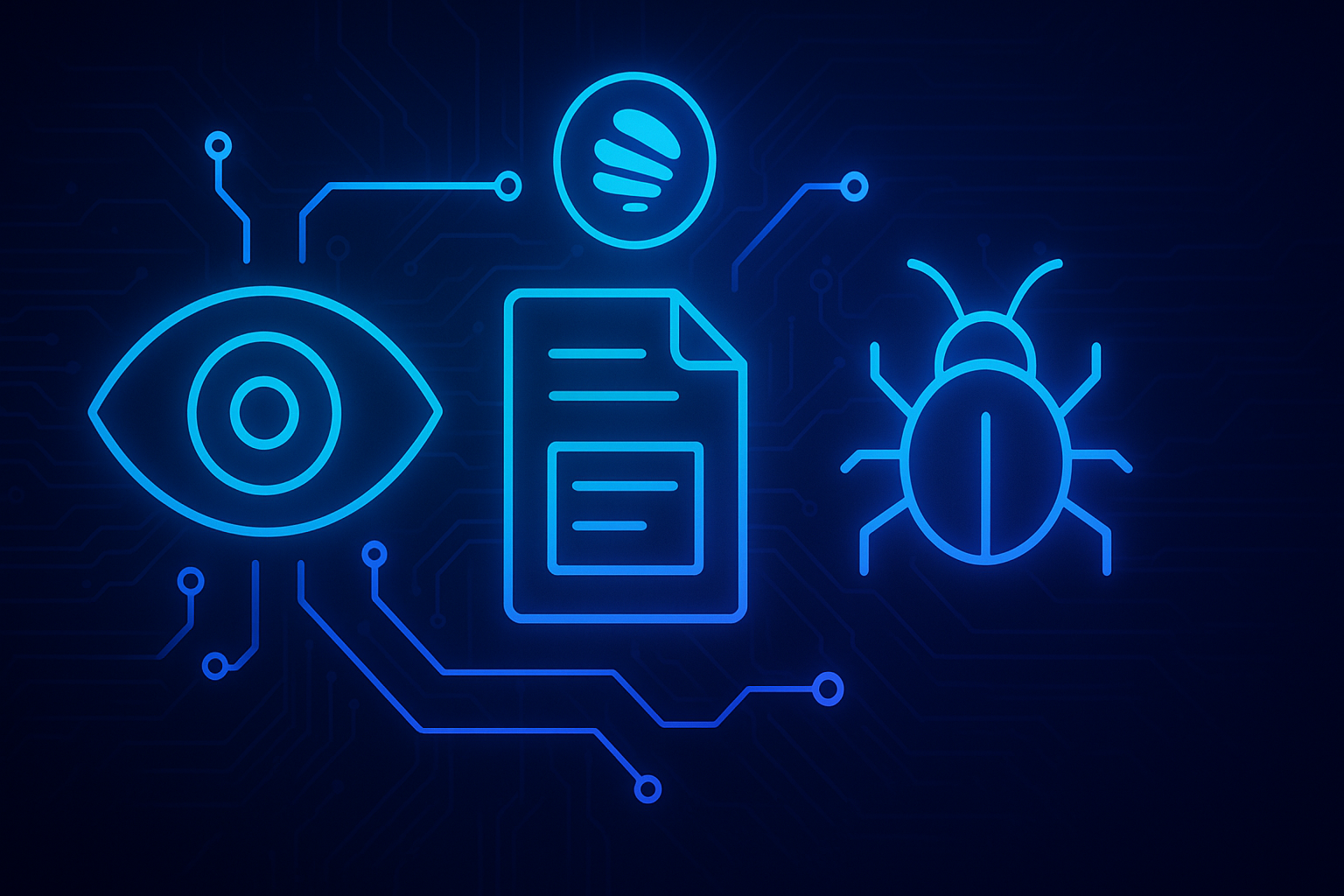
Looking Back at 2025: Learning, Architecture, and the Year AI Became Practical
As 2025 comes to an end, it is time for another annual review. This year has been a year full of learning and growth, both personally and professionally. There were several highlights and challenge...







